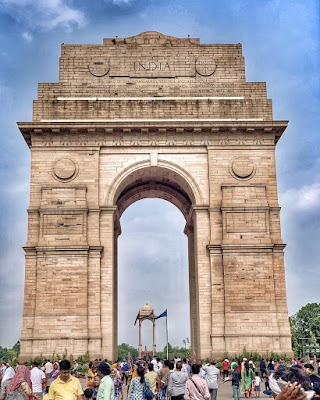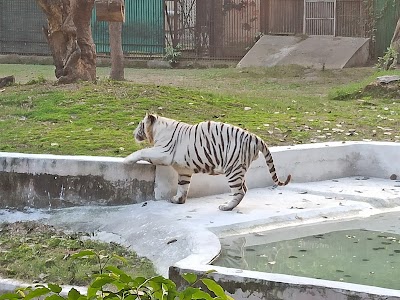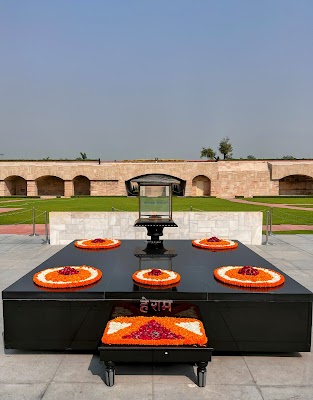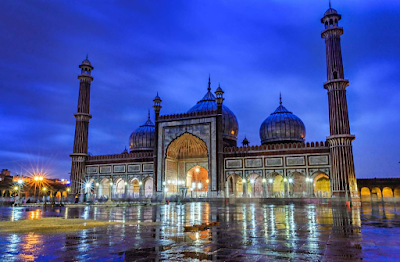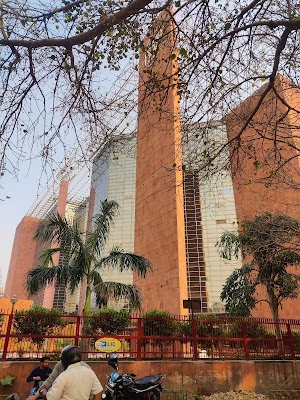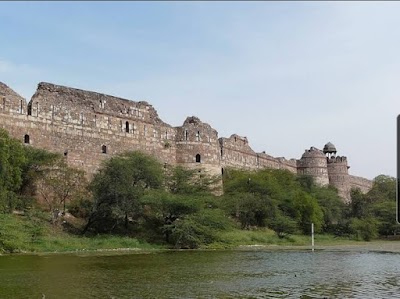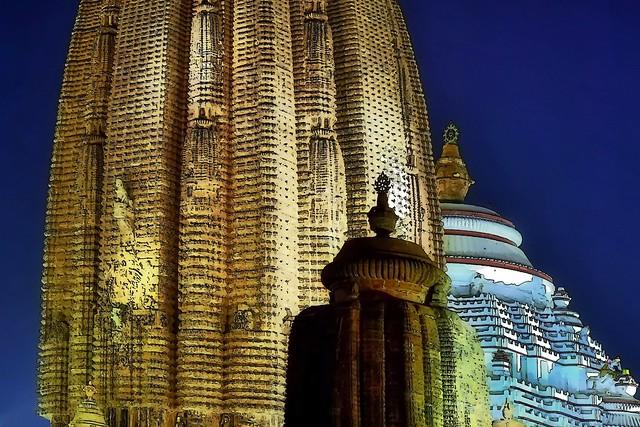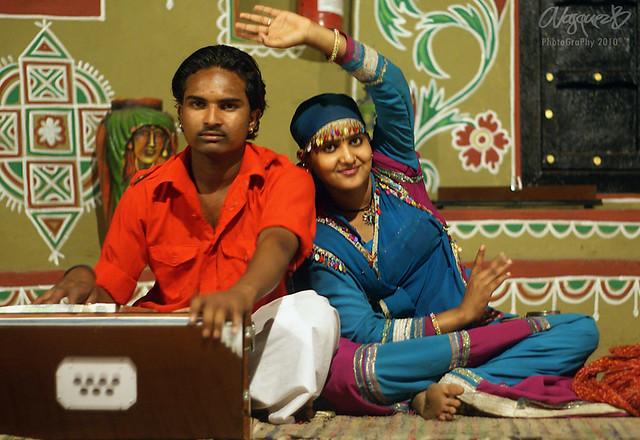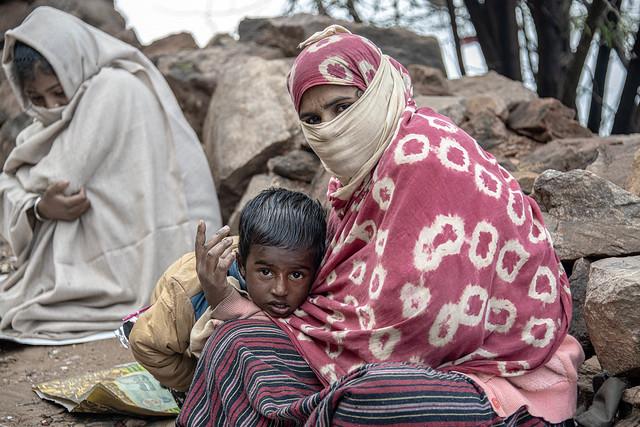
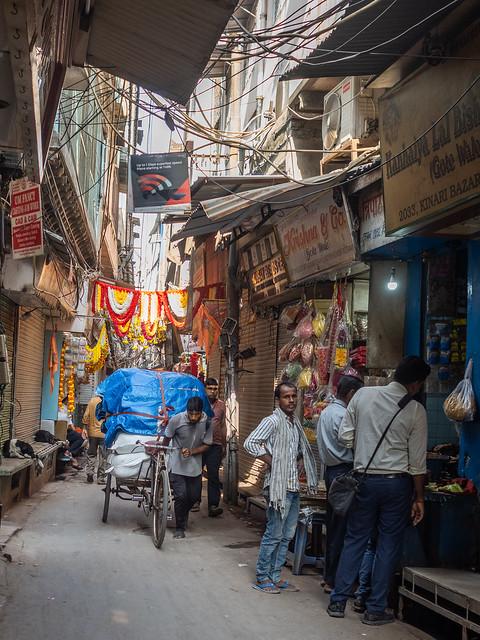
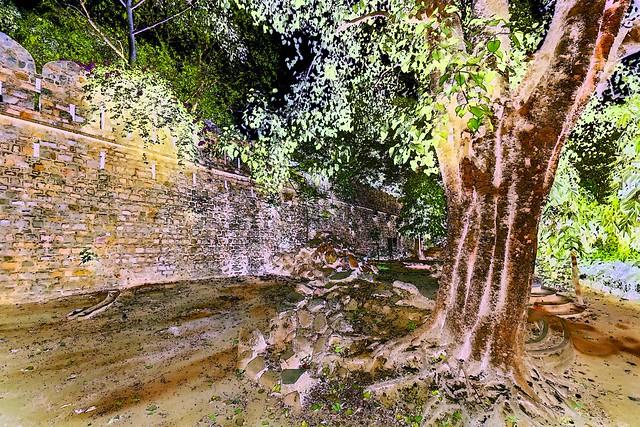
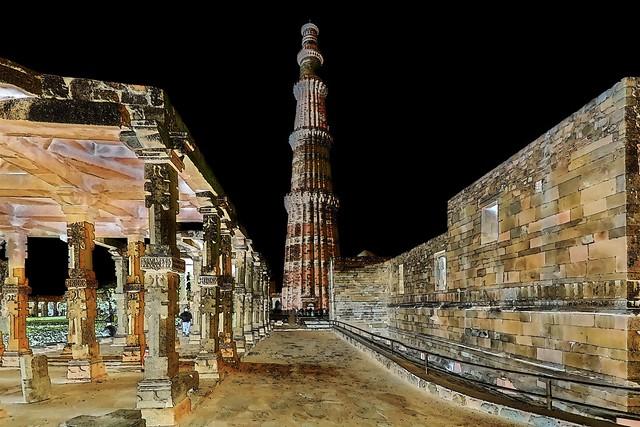
New Delhi
Overview
Historical Significance
New Delhi, the capital of India, is a city steeped in history that reflects the ancient and contemporary tapestry of the nation. Established as the capital of British India in 1911, it was designed by British architects Edwin Lutyens and Herbert Baker. The city is a blend of historical landmarks and modern architecture, showcasing the legacies of various empires that have ruled the region, from the Mughals to the British. Significant sites such as the majestic India Gate, a war memorial dedicated to Indian soldiers who died in World War I, and the imposing Rashtrapati Bhavan, the official residence of the President of India, stand as testaments to its rich past.
Cultural Diversity
New Delhi is a melting pot of cultures, languages, and traditions. It is home to people from all over India, making it one of the most culturally diverse cities in the country. Festivals like Diwali, Holi, and Eid are celebrated with great fervor, bringing the city to life with colors, lights, and festivities. The vibrant street markets, such as Chandni Chowk, offer a sensory overload of sights, sounds, and smells, where one can experience local delicacies, shop for textiles, and witness the traditional art forms that flourish in the area. The city also boasts a thriving arts scene, with numerous galleries, theater performances, and music festivals that celebrate both classical and contemporary Indian art.
Atmosphere and Lifestyle
The atmosphere of New Delhi is a captivating blend of chaos and order, where the hustle and bustle of daily life intermingles with serene pockets of greenery. The city is dotted with lush parks and gardens, such as the Lodhi Gardens and Garden of Five Senses, offering residents and visitors a respite from the urban rush. The rhythm of life here is electric; from the honking of auto-rickshaws and bustling markets to the calm of its many temples and places of worship, every corner tells a story. The locals are known for their warmth and hospitality, often eager to share their culture and traditions with visitors.
Local Characteristics
Exploring New Delhi is an adventure in itself, with each neighborhood offering a distinct character. The upscale area of Connaught Place is known for its colonial-era architecture and modern shopping hubs, while Old Delhi is famous for its narrow lanes, historic mosques like Jama Masjid, and mouthwatering street food. Don't miss trying the iconic Parathas at Paranthe Wali Gali or savoring the spicy Chaat at local stalls. For a more contemporary experience, visit Hauz Khas Village, a trendy area filled with boutiques, cafes, and a stunning lake that reflects the ruins of ancient forts.
Transportation and Accessibility
Getting around New Delhi is convenient, thanks to its extensive metro system, which connects key areas of the city efficiently. Auto-rickshaws and taxis are also readily available, providing an authentic way to navigate through the vibrant streets. For those who prefer walking, many attractions are located within close proximity of each other, particularly in areas like Rajpath and Central Delhi. The city is well-connected to other parts of India via its major railway stations and the Indira Gandhi International Airport, making it an ideal base for further exploration of the country.
New Delhi offers a unique and enriching experience for travelers, serving as a gateway to understanding the diverse cultural heritage, historical significance, and vibrant local life of India.
Top Landmarks and Attractions in New Delhi
Discover the must-see spots and hidden treasures this city has to offer
Other towns or cities you may like in India
Explore other cities that share similar charm and attractions.


